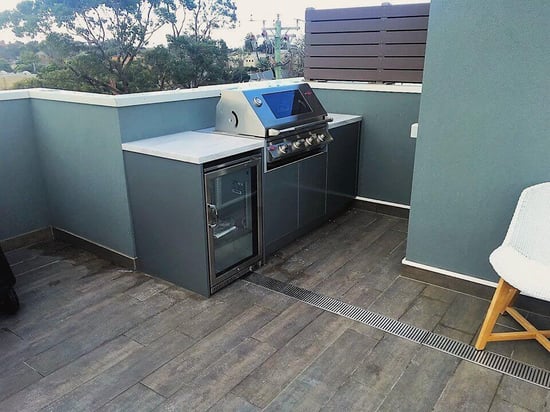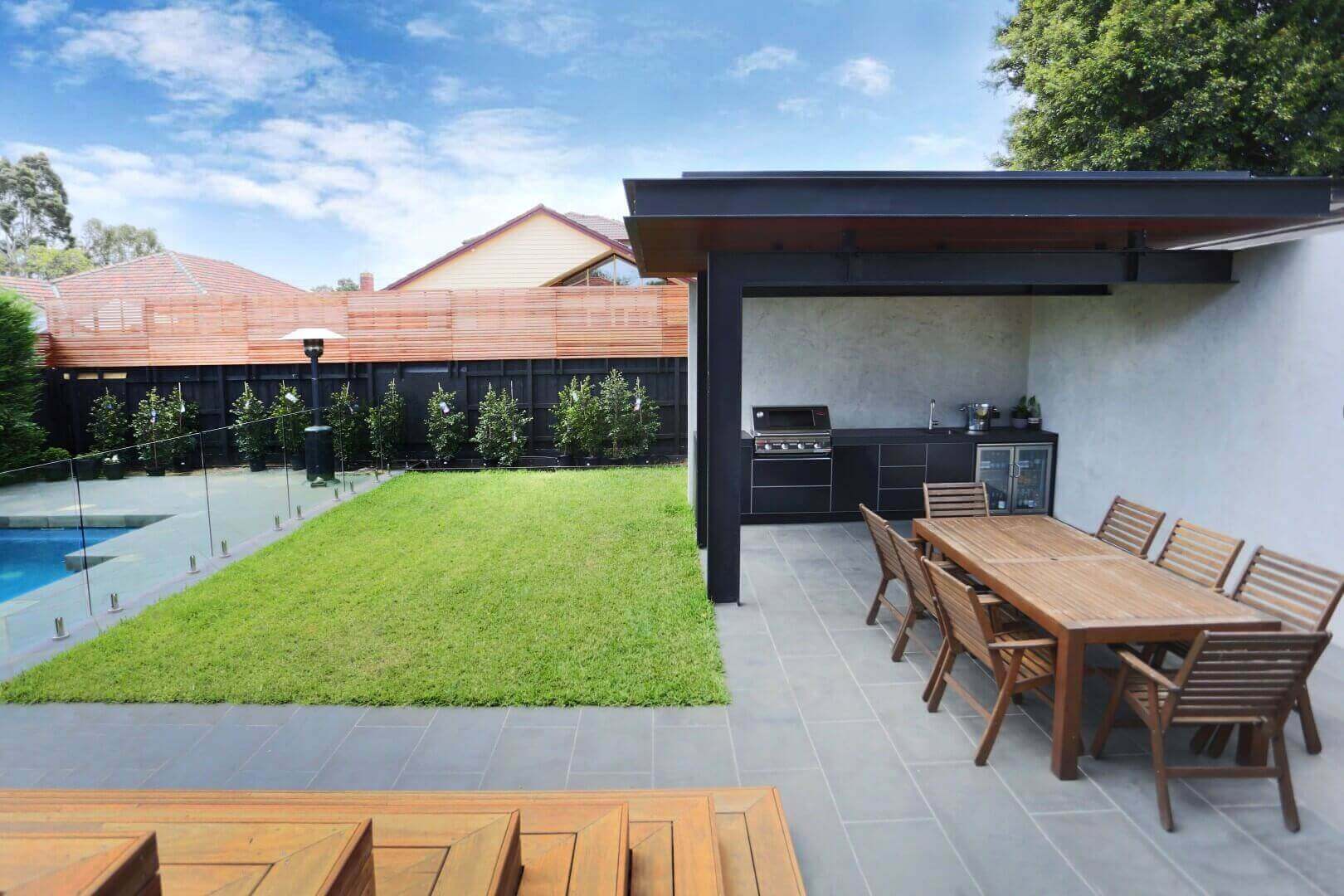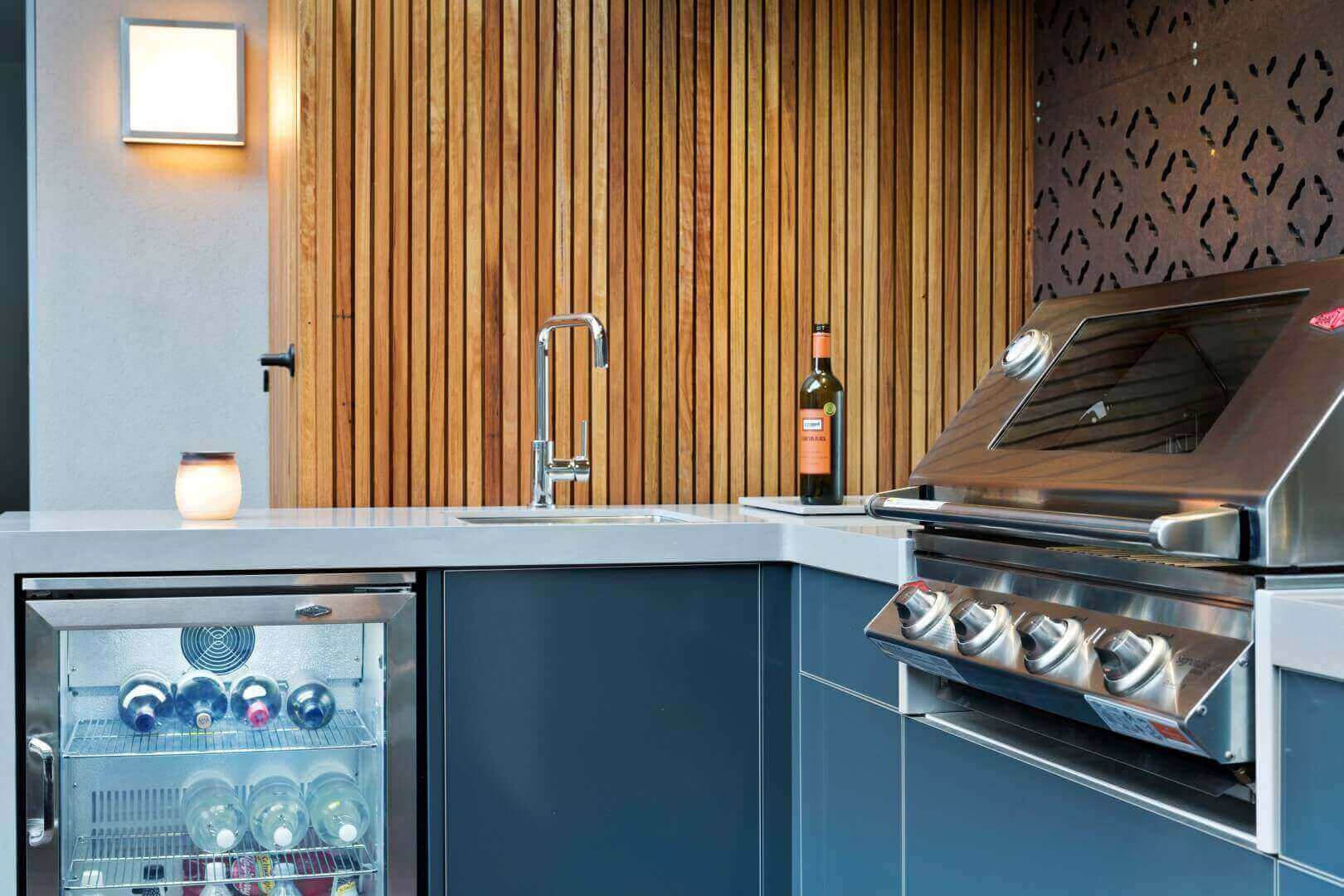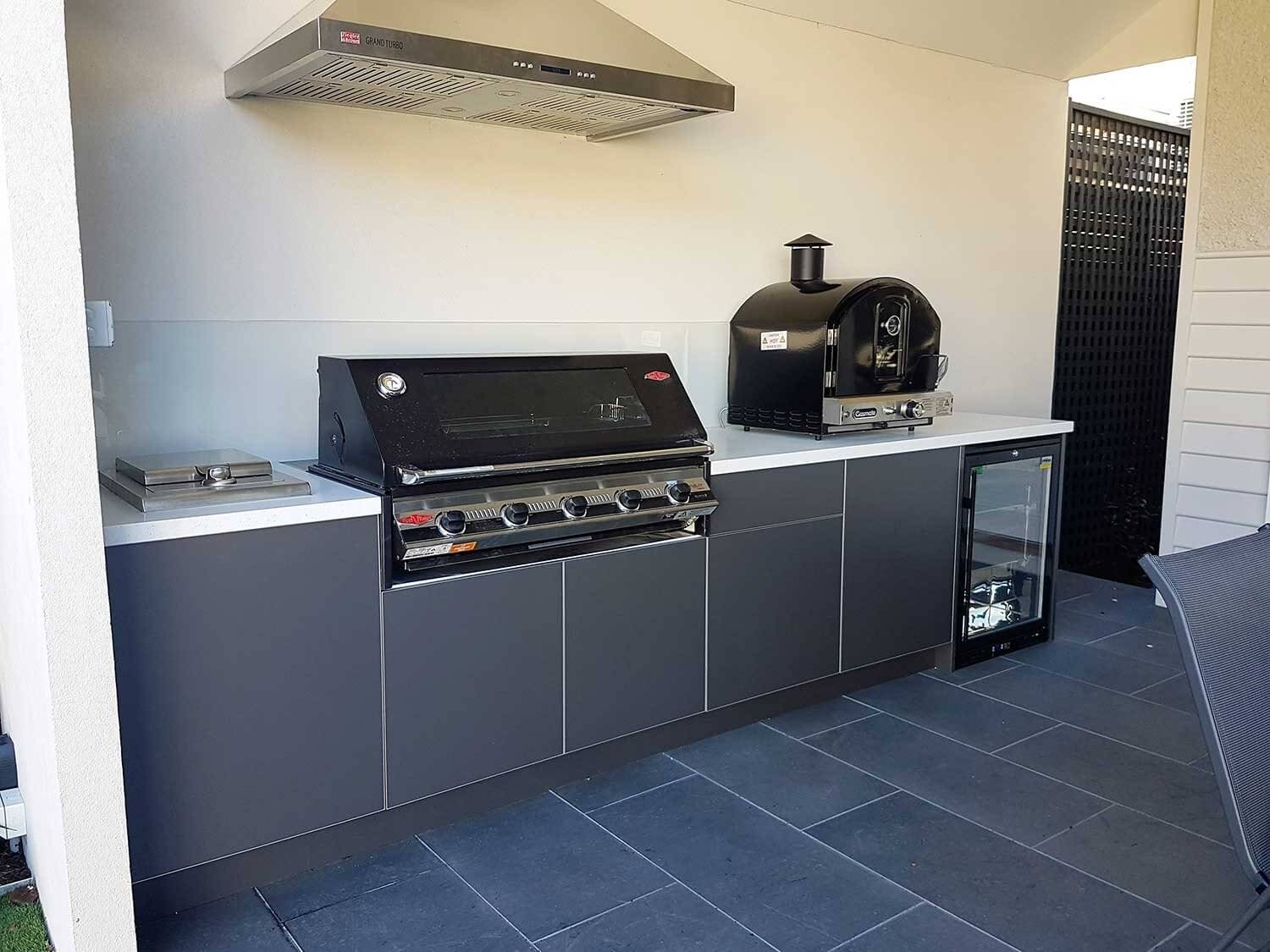Explore the most essential items for an outdoor kitchen.
Especially in Australia, it's a commonplace to have some barbecuing area out the back of most people's homes. However, we've seen many people forget that your outdoor kitchen holds much more possibilities than just a good barbecue and maybe a fridge. When designing a custom outdoor kitchen, all the available alternatives can be lost or forgotten, with some quickly overwhelmed with too many choices, to others simply not knowing about an option altogether.
So we're beginning a series of things both familiar and extravagant to bring light to some of the items available you can have in your own alfresco if you decide to go the custom route.
Rotisserie Kit
In residential cooking, we're seeing a horizontal place as the preferred cooking method. This positioning allows the juices within the meat to stay inside and the ones on the outside to self baste throughout its rotation. The rotating spit ensures your food will brown evenly, significantly lowering your risk of overcooking certain areas. The wheel exposes all sides of your meat to the heat for an equal time. This makes it a fantastic tool for entertaining, allowing you to talk and socialise without paying as much attention to seasoning or checking your food.
Digital Thermometer
Digital thermometers are much more accurate in taking temperature recordings than traditional meat thermometers. Much more efficient, a conventional meat thermometer can only be used once before it has to be thrown away. As well as more precise, coming with screens that show a much more accurate temperature reading. Specific cuts of meat need to be cooked to actual temperatures to ensure that bacteria are killed, and that maximum taste is achieved. So having a digital thermometer available helps more than just earning an excellent taste and texture.
These are some recommended cooking temperatures:
- Ground veal, lamb or beef: 160 degrees
- Large cuts of pork: 145 degrees with a 3 minute rest time
- Ground poultry: 165 degrees
Barbecue Cover
Even the most durable barbecues made from quality materials can be damaged by prolonged exposure to the elements. If you invest in a good barbecue cover, you're not only ensuring the quality of your barbecue but also increasing the life of your barbecue. The lining inside your body is one of the essential features you need to consider.For example:
- Covers with fleece linings are more likely to have mould grow than more straightforward materials that clean and dry easier
- Linings made of wool create habitats that insects and other bugs favour and will congregate in
The linings you want to look for are PVC and other waterproof materials. Polyester and nylon are also good choices. Both barbecues and their covers need to be maintained appropriately to remain functional for the lifetime of your kitchen. If left outside unattended for long periods, your cover will ultimately gather dust and dirt. However, if you have purchased a good quality cover, this can be easily cleaned. Bodies made from non-porous or rubberised materials only need to be wiped down with a cloth soaked in water.
Smoke and grease from the barbecue must be cleaned when necessary to avoid build-up and transfer back onto the barbecue. Plenty of cleaning products can wash away grease buildup and other dirt. When choosing the chemicals you use, ensure that they shouldn't be so harsh that they can eat away at the protective cover and the ground you're trying to clean.
Pizza Oven Peels and Cleaning
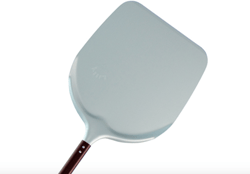 The tools used in wood fire pizza ovens haven't changed much in style, but the materials have. Stainless steel is one of the most commonly used in the modern-day. It doesn't rust; it's easy to clean and can be shaped thin enough to be slid easily under a pizza, pie or pastry.
The tools used in wood fire pizza ovens haven't changed much in style, but the materials have. Stainless steel is one of the most commonly used in the modern-day. It doesn't rust; it's easy to clean and can be shaped thin enough to be slid easily under a pizza, pie or pastry.
All pizza oven tools have long handles to reach into the oven without the risk of getting too close to the flames but remaining stable enough to keep control. Peels can be used to assemble your pizza or pastries on and then slide onto the hot oven floor. It's an excellent plan to know what you will be cooking in your oven when purchasing a peel, as they come in many different sizes.
A helpful tip is to sprinkle flour over your peel before you cook to prevent your food from sticking. Other must-have tools would be an ash stick/brush or floor brush. You will need these to prep the oven for baking after the fire has burned down to ash.
This is when the oven is absorbing heat for later gradual release as you cook. Use the ash stick to move the ash and residue to one of the ovens, wait up to 15 minutes and then sweep any remaining residue or debris from the oven's floor and begin cooking. If you'd like to know more about purchasing and owning a pizza oven, we have another blog we've written for everything you need to know.
Side/Wok Burner
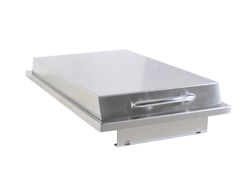 One of the most significant benefits of using a wok is that it does not lose its temperature when food is added, which allows for great low fat stir-frying. The combined system, of both the material of the wok and the side burner, provides a cooking system that can cook food very quickly.
One of the most significant benefits of using a wok is that it does not lose its temperature when food is added, which allows for great low fat stir-frying. The combined system, of both the material of the wok and the side burner, provides a cooking system that can cook food very quickly.
When fresh ingredients are used, they can retain most of their nutritional value due to the speed at which they are cooked—leaving your meals crispy and delicious. Most side burners use gas and run wonderfully outdoors.
Some quick tips:
- A carbon steel wok is a great first purchase. It's one of the oldest materials used in cooking and is very reliable
- A wok burner made from cast iron or stainless steel can distribute heat efficiently to the whole of the wok's surface. Having a large enough flame to maintain enough heat is required to cook food quickly and effectively.
____
Check out more tips and tricks like these on our blog page.



